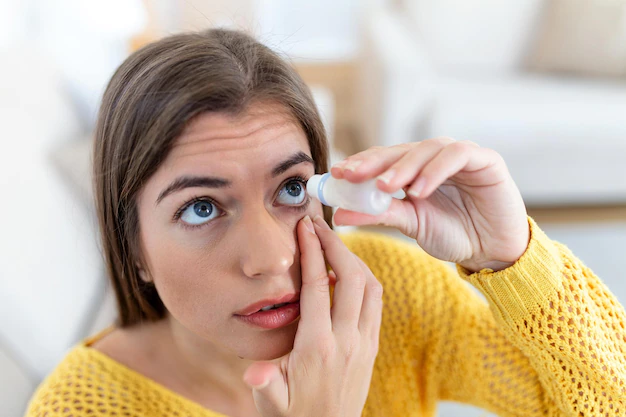A Focus on Eye Drops

Eye drops are a common form of medication used to treat a variety of eye conditions such as dry eye syndrome, eye allergies, and glaucoma. They are also used to prevent eye infections after eye surgeries. Eye drops come in different forms, such as solutions, suspensions, and ointments.
The most common type of eye drops are lubricating drops or artificial tears, which can help relieve dry eye symptoms. These drops help to moisten the eyes and provide temporary relief from eye irritation, redness, and discomfort. There are many different types of lubricating eye drops available, ranging from over-the-counter options to prescription-strength drops.
Another common type of eye drop is used to treat eye allergies. These drops typically contain antihistamines or decongestants to reduce itching and redness associated with allergies. They can be effective at providing relief from seasonal allergies, but should only be used as directed to avoid overuse or dependence.
Eye drops can also be used to treat glaucoma, a condition that causes increased pressure within the eye, which can damage the optic nerve and lead to vision loss. These drops typically contain medications that help to lower intraocular pressure.
When using eye drops, it is important to follow the instructions carefully and use the drops as directed by your healthcare provider. It is also important to maintain good hygiene and avoid touching the dropper to your eye to reduce the risk of infection. If you experience any adverse effects or do not see improvement in your symptoms, it is important to speak with your healthcare provider.
